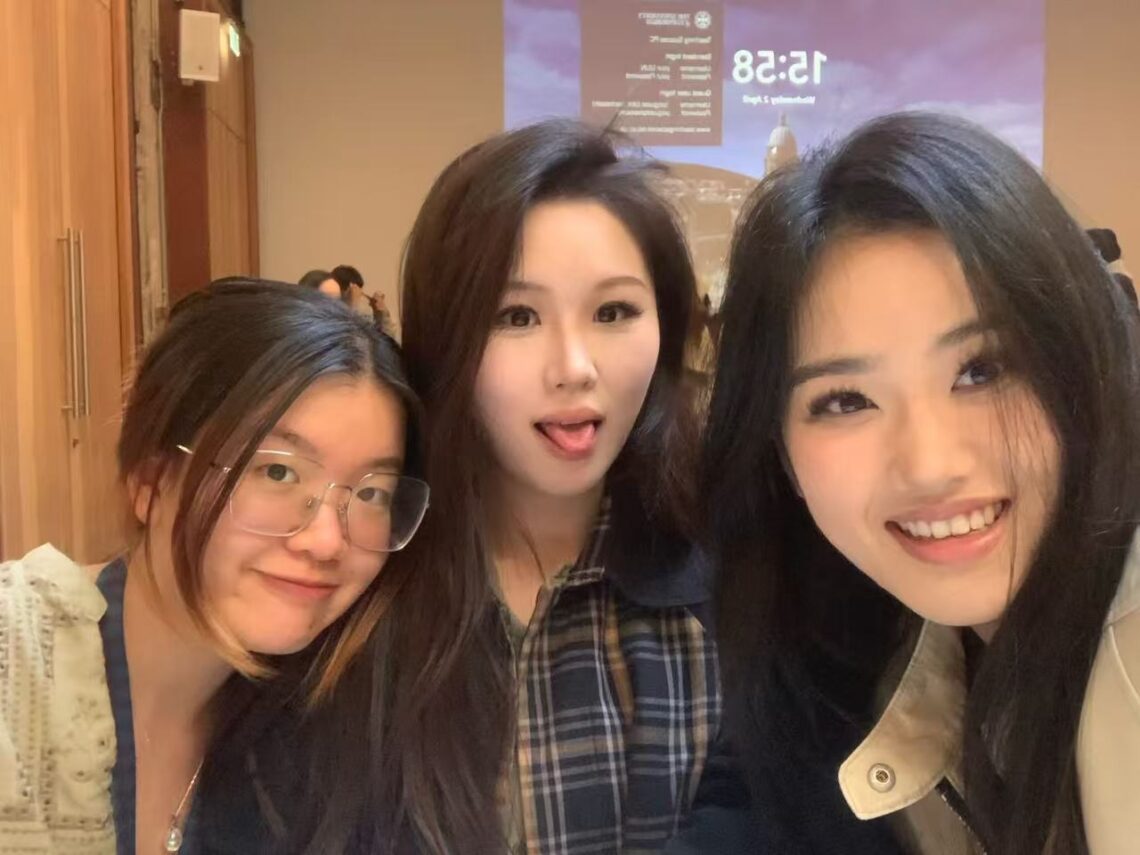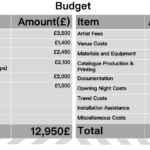Following Kirsteen Macdonald’s lecture Writing in the Margins and Machines of Memory, I find myself revisiting a question I first raised back in Week 6: What does it mean to “carry” the emotions, trauma, and complexity of the audience in a participatory exhibition? At that time, I was caught in the ethics of intimacy—how to “catch” my audience if I invited them to co-author the work. Now, the idea of the archive gives me a new angle to think about this paradox.
Kirsteen emphasized that archives are not neutral. They are deeply curated spaces shaped by power, care, and sometimes exclusion. What struck me most is the shift from the archive as a repository of dead things to the archive as an evolving, living interface—as my peer eloquently put it, “a real-time archive” (Macdonald 2025). This language fits perfectly with my exhibition, where the audience’s interactions—whether emotional responses, voice recordings, or digital traces—form an ephemeral archive of intimate engagement.
My project does not display static knowledge; instead, it generates moments of confession, ambivalence, and disappearance. The “Expired Memory Server” in the Mike Kelley-inspired basement installation is a clear example. Visitors are invited to leave a voice message—“rotting within 7 days.” This self-decaying digital artefact becomes both a temporary archive and a critique of how fragile emotional data is in the digital age. As Kelley wrote, “intimacy is an unfinished archive that constantly rewrites itself into oblivion” (Kelley 2003, 288). What I learned from Althea Greenan’s interview on the Extraordinary Creatives podcast further confirmed this direction: archives don’t have to be hierarchical or even “complete.” Instead, they can be full of inconsistencies, marginalia, and what she calls “non-art material” (Greenan 2022). That resonates with my choice to allow digital self-destruction and pixelated data burns in the “Data Cremation Ceremony” segment.What is archived is not the object, but the gesture of letting go.
Perhaps most meaningfully, this lecture helped me see that my exhibition is already an archive—not one of physical permanence, but of temporary traces and shifting affects. The archive is not a cold vault—it is a heartbeat. Back in Week 6, I feared that involving the audience too deeply in an exhibition about intimacy might become ethically overwhelming. But now I ask: Can archiving itself become an act of care, rather than control? By allowing memory to fade, by giving interaction the freedom to end, and by designing systems that honor disappearance, perhaps I am not “losing” anything—but curating a new form of intimate presence.
References:
Foster, Hal. “An Archival Impulse.” October 110 (Autumn 2004): 3–22.
Greenan, Althea. “The Feminist Laugh: Althea Greenan on Archives, Art and Activism.” Interview by Ceri Hand. Extraordinary Creatives Podcast, April 2022. Audio, 1:45:00. https://cerihand.com/podcast/althea-greenan/.
Kelley, Mike. Foul Perfection: Essays and Criticism. Edited by John C. Welchman. Cambridge, MA: MIT Press, 2003.
Macdonald, Kirsteen. Writing in the Margins and Machines of Memory – Curating, Archives, Histories. Lecture, Contemporary Curatorial Practice, The University of Edinburgh, April 2025.









